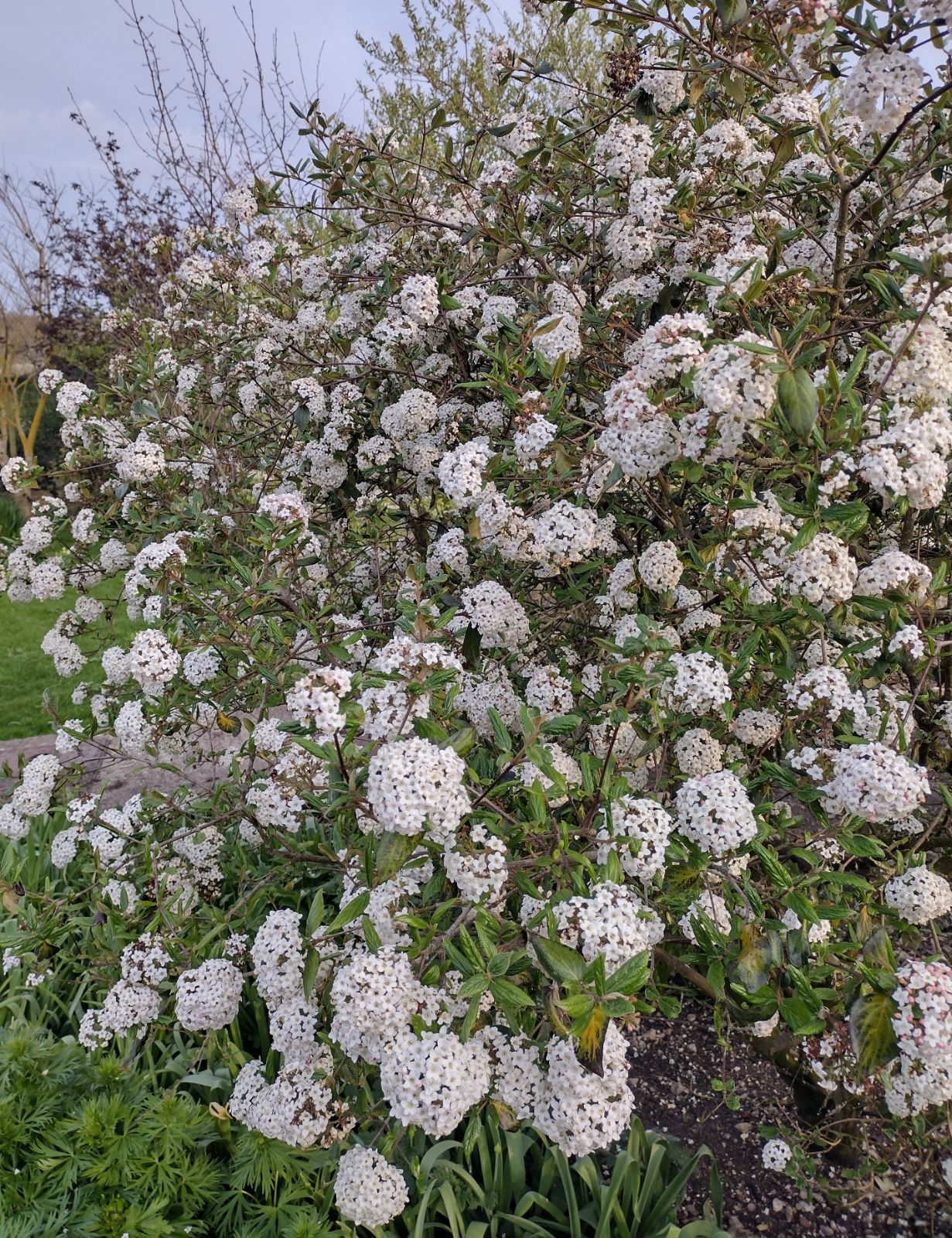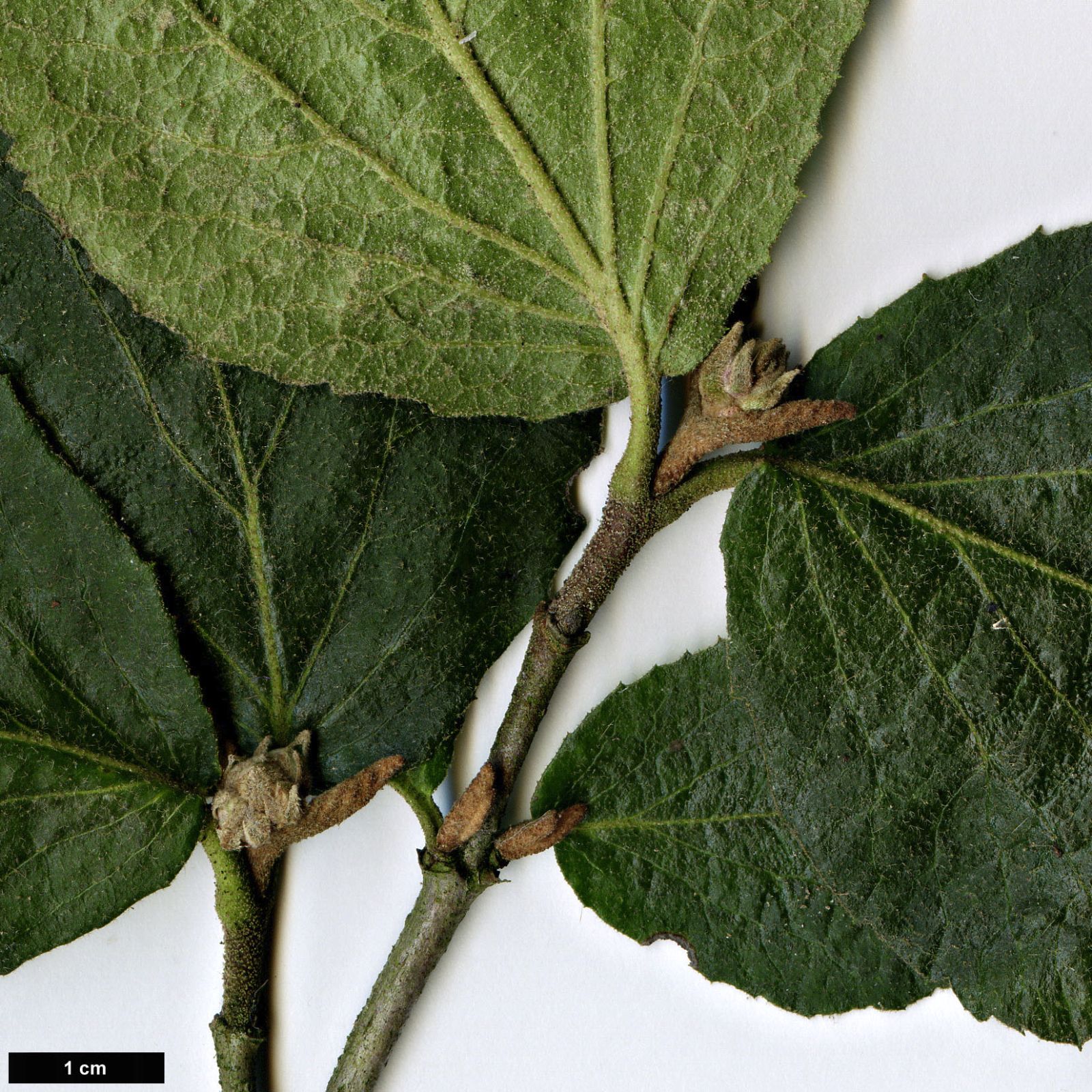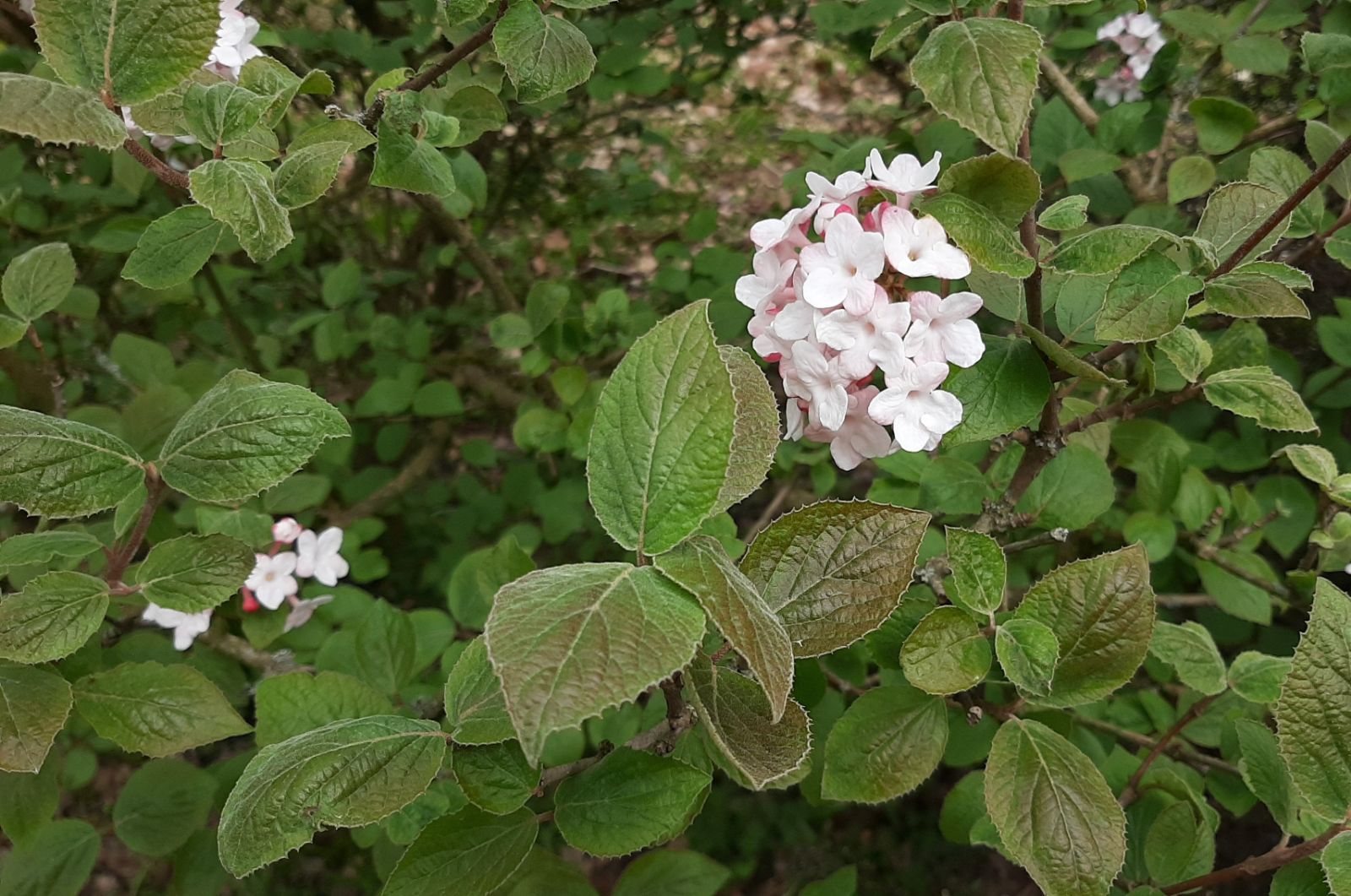Viburnum carlesii
Credits
Article from Bean's Trees and Shrubs Hardy in the British Isles
Recommended citation
'Viburnum carlesii' from the website Trees and Shrubs Online (treesandshrubsonline.
Genus
Infraspecifics
Other taxa in genus
- Viburnum acerifolium
- Viburnum betulifolium
- Viburnum × bodnantense
- Viburnum buddleifolium
- Viburnum burejaeticum
- Viburnum × burkwoodii
- Viburnum × carlcephalum
- Viburnum cassinoides
- Viburnum cotinifolium
- Viburnum cylindricum
- Viburnum davidii
- Viburnum dentatum
- Viburnum dilatatum
- Viburnum erosum
- Viburnum farreri
- Viburnum foetidum
- Viburnum grandiflorum
- Viburnum harryanum
- Viburnum henryi
- Viburnum hupehense
- Viburnum japonicum
- Viburnum kansuense
- Viburnum lantana
- Viburnum lantanoides
- Viburnum lentago
- Viburnum macrocephalum
- Viburnum molle
- Viburnum nudum
- Viburnum odoratissimum
- Viburnum opulus
- Viburnum phlebotrichum
- Viburnum plicatum
- Viburnum propinquum
- Viburnum prunifolium
- Viburnum rhytidophyllum
- Viburnum rigidum
- Viburnum rufidulum
- Viburnum schensianum
- Viburnum setigerum
- Viburnum sieboldii
- Viburnum suspensum
- Viburnum tinus
- Viburnum utile
- Viburnum veitchii
- Viburnum wilsonii
- Viburnum wrightii
A deciduous shrub of rounded habit, 4 to 8 ft high; young shoots densely clothed with starry down. Leaves broadly ovate, with often a slightly heart-shaped base, pointed, irregularly toothed, 1 to 31⁄2 in. long, 3⁄4 to 21⁄2 in. wide, dull green above, greyish below, both surfaces soft with starry down; stalk about 1⁄4 in. long. Inflorescence a terminal, rounded cluster 2 to 3 in. across, composed of very fragrant flowers, all fertile. It reaches the bud state in autumn, and remains exposed through the winter, the flowers expanding in April and May. Corolla 1⁄2 in. across, at first pink then white, with a slender tube 1⁄3 in. long. Fruits jet-black, 1⁄4 in. long, egg-shaped but flattened. Bot. Mag., t. 8114.
Native-of Korea and of Tsushima Island, Japan; described in 1885 from a specimen collected by W. R. Carles of the British Consular Service, who explored in Korea 1883–5. It was introduced from Korea to Japan around 1897 by Alfred Unger of L. Boehmer and Co. of Yokohama. A single plant was sent to Kew by this firm in 1902, which represented its first introduction to Europe; it flowered in the open ground at Kew in 1906. But the species was apparently first distributed in Europe by Messrs Lemoine, who announced in 1905 that they had bought Messrs Boehmer’s entire stock.
V. carlesii is one of the most delightful of the viburnums, not only for the beauty of its flowers, but for a fragrance unrivalled for sweetness in the genus. But it is now overshadowed by its hybrids; see below and V. × burkwoodii.
The following selections of V. carlesii were raised from Korean seed at the Slieve Donard Nursery, Co. Down:
'Aurora'
Flowers red in the bud, opening pure light pink. Young leaves light green, some flushed with copper.'Charis'
Rather more vigorous than the older forms of V. carlesii. Flowers white.
'Diana'
Open flowers pink, with a slightly more purplish tone than in ‘Aurora’. It is also a little more vigorous. Young leave slight chocolate-coloured.V bitchiuense Makino
Synonyms
V. carlesii var. bitchiuense (Makino) Nakai
V. carlesii var. syringiflorum Hutch









